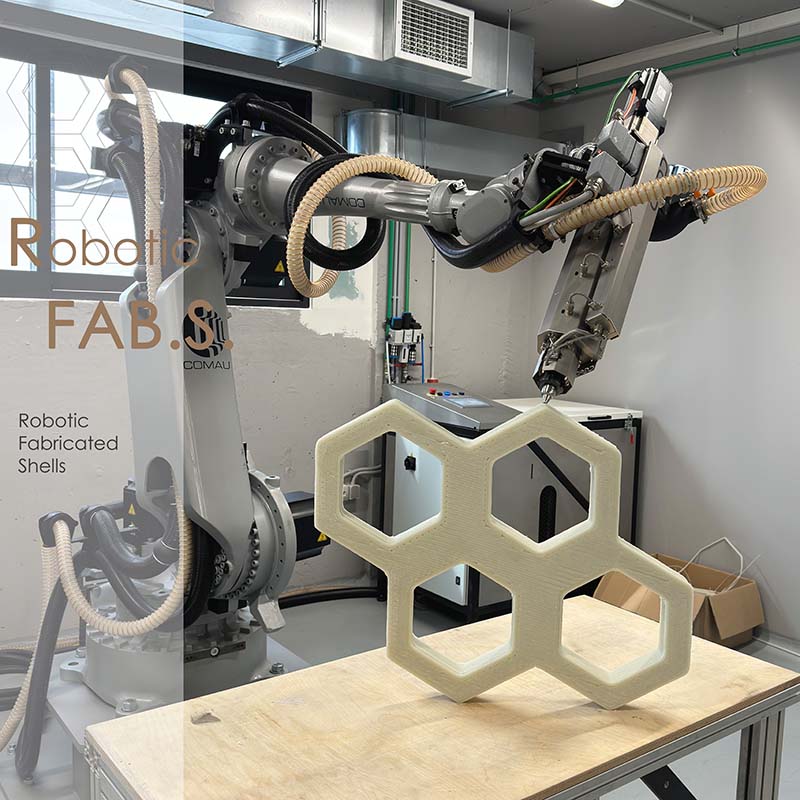

This diploma thesis concerns a proposal for the creation of robotically produced structures that will accommodate actions for the short film festival of Drama. It negotiates the robotic execution of six, schematically different, shells placed in privileged locations within the urban network of the city. The purpose of the work is to demonstrate an innovative method of robotic construction while creating structures with advanced materials in combination with the geometric diversity of these structures.
Each structure consists of a specific number of unique pieces, of relatively identical dimensions, which are assembled as a "puzzle" during their placement in the selected sites over the days of the festival. After the events have ended the structures are deconstructed by the same process and stored for reuse the following year. The activities accommodated by each shell serve the needs of the festival for ticketing, short meals, outdoor educational activities, the sale of souvenirs and an outdoor film projection area, which can also be used as a platform for speeches, awards and other events.
The design process of the six geometrically separate structures follows three distinct steps. The first involves the creation of an initially flat geometry of a unit cell (module). In the second part, the cell is multiplied and produces a flat composition. Subsequently, the planar synthesis is fitted to the curved surface of each structure, producing its final geometry as the third and final step of the design. After this transformation, each initial molecule acquires a unique shape and curvature as it is properly fitted to the final curve of each structure.
Regarding the construction process, the 3D concrete printing technology is chosen, in which a specially equipped robotic arm deposits concrete of a special composition layer by layer, producing the final geometry of the pieces. These shelves are transported and assembled on site at their exposure location with the help of temporary support structures which are removed after the last shelf is included, giving the structure its safe load bearing capacity.
This methodology has the ability to create geometrically complicated yet highly sustainable structures by overcoming many of the obstacles of the traditional construction process. The proposal of this project aims to highlight and promote the city's film festival at all levels, providing an incentive to solve potential practical and operational problems of organization while at the same time creating a trigger for our appropriation of new methods of construction automation.
Supervisor: Psychogyios Dimitris
Reference Number: 1081
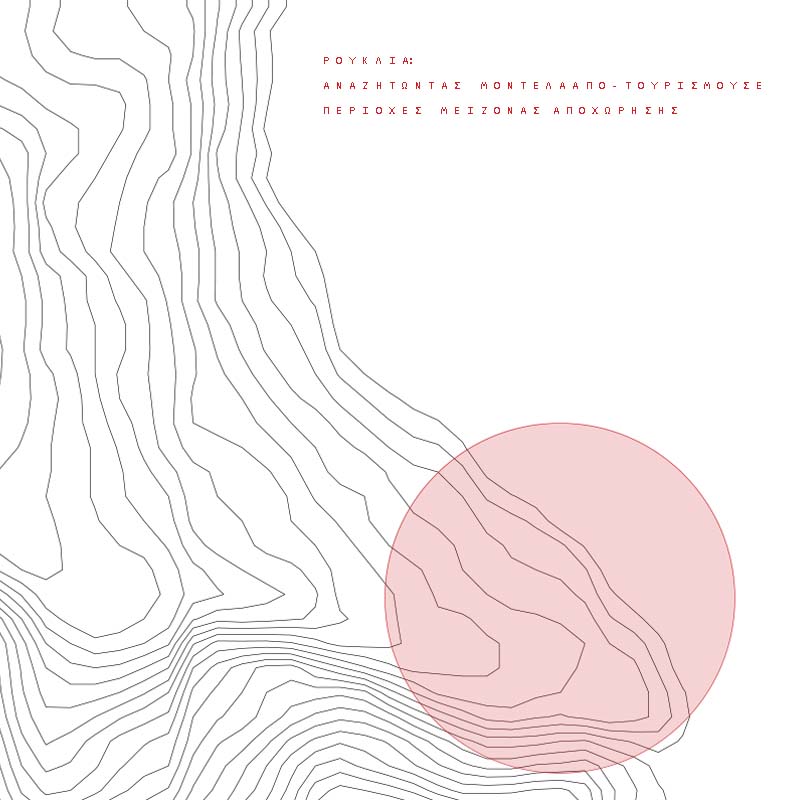

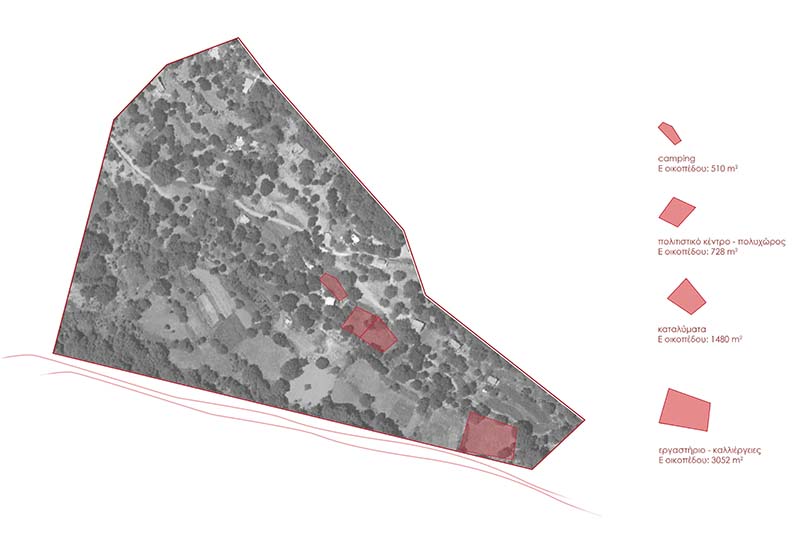

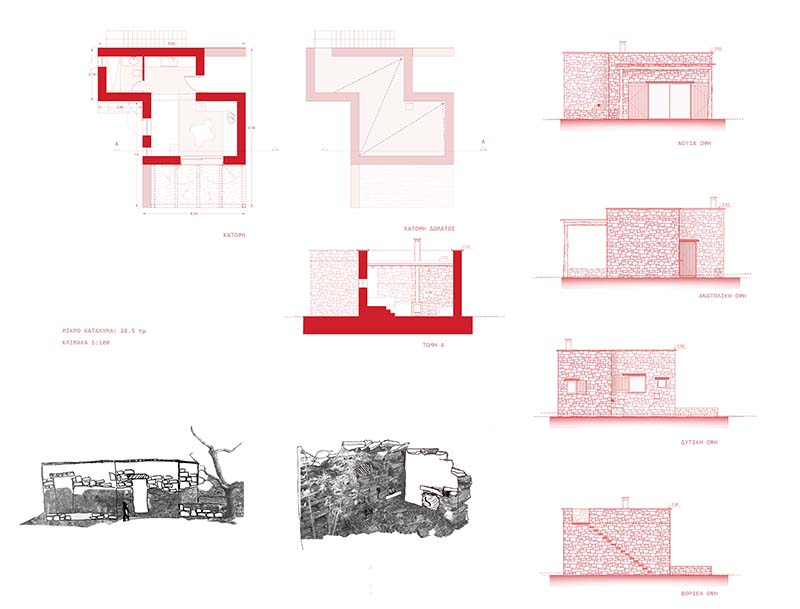

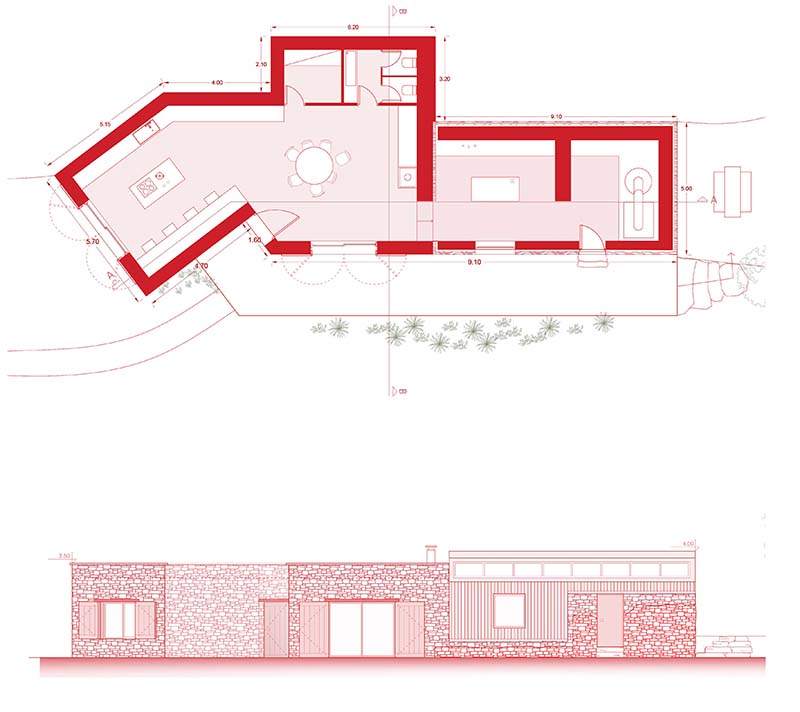

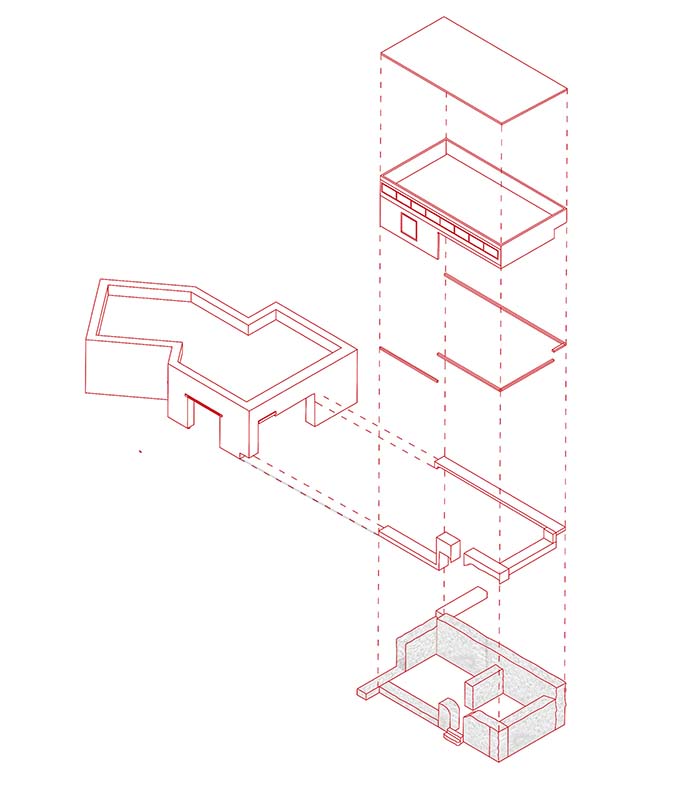



The present study focused on the connection between tourism and sustainability, creating a model of undertourism in a remote, sparsely populated settlement. This settlement is situated in the village of Rouklia, which is located on Mount Ochi in the southern region of Euboea. Rouklia is a village with a unique natural beauty that has managed to sustain itself and maintain its autonomy throughout history by relying on agriculture and animal husbandry. The purpose of this project is to develop a new settlement that offers a wide range of infrastructure and activities. After thorough supervision and research, we have decided to design and construct a hospitality complex inspired by the local architecture, a camping site, a multi-room facility that houses a communal kitchen, a community clinic, a space for social gatherings, and a raw material processing laboratory. Additionally, we will be utilizing a plot of land for crop production purposes. The overarching aim of this project is to underscore the significance of collectivity and communal efforts, raise awareness about the limited availability of natural resources, and promote the adoption of sustainable practices to ensure a sustainable future for the community.
Supervisor: Lykourioti Iris
Reference Number: 1051
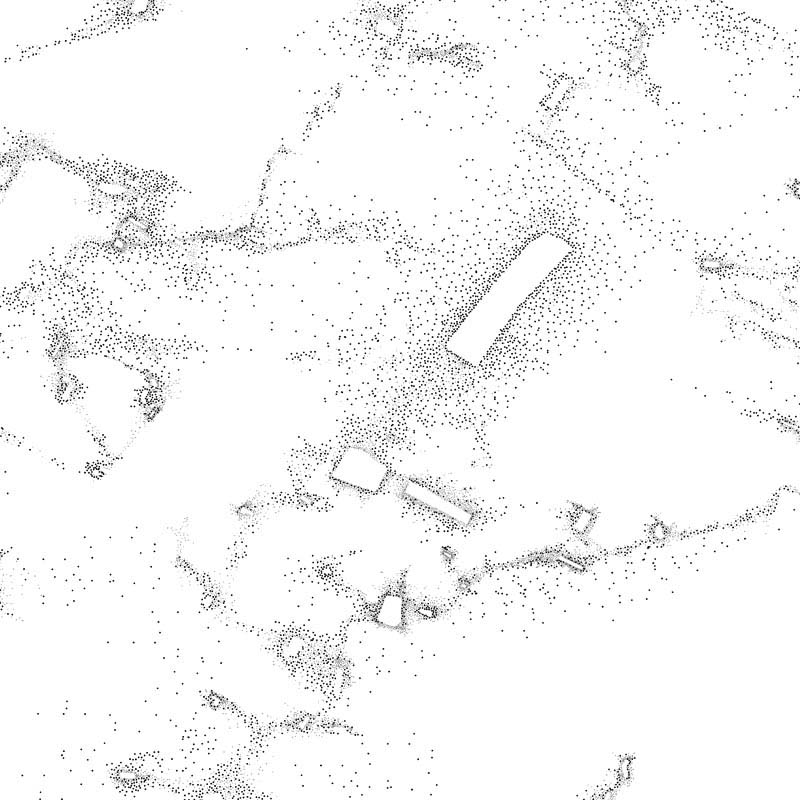

Each road inducts its own landscape. It is a landscape composed of procedures and detached places, located alongside and near roads. It is a dialogue between diffused destinations, places and limits. It is also a field of encountering bodies as well as a space of personal narratives. The road metabolizes its own impacts and transforms their effects. Metabolism and transformation are two concepts involved in the formation of the road-scape.
In this Diploma thesis, Iera Odos is presented as the initial point of a walking relation to a landscape that is both unified and fragmented, complete and incomplete, unearthed and hidden. Walking along Iera Odos emerge as a relationship between the mapping body with stone, monuments, cement, soil, water, gaze, scent, spoken narratives - elements that signify a space of co-feeling. Walking passes through cracks, displacements, transitions and thresholds conveying feeling to memory.
Iera Odos is examined through different timelines (past, present, future) and through the study of historical, economical and socio-political tranformations. Walking, documentation and narration are used to explore the connection between road and loss - in those places that the presence of absence reveals it. The design proposal attempts to constitute and preserve an archive of Iera Odos, a space that is additive, changeable and continuously affirmative.
Supervisors: Gavrilou Evelyn, Phokaides Petros
Reference Number: 1079
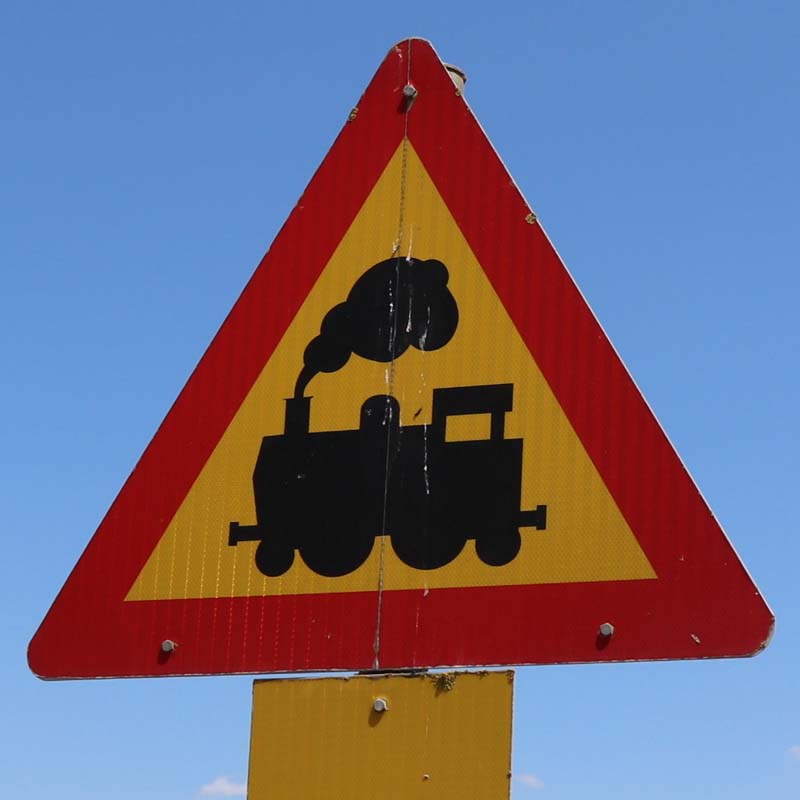

The present thesis aims to study part of the abandoned railway network of Peloponnese and the use of literature review, as well as historical and personal records from stations in Arcadia for the selection of suitable intervention points. After collecting information and old floor plans, the necessary plans are produced for the railway buildings of the stations in the villages of Steno, Partheni and Elaiochori. The route created by the train tracks between the villages is studied. A hiking tour is proposed, parts of which are proposed to be carried out using a railbike. An effort is made to highlight the rich cultural background of the area and the rocky, distinctive Peloponnesian landscape, together with the historical significance of the station buildings themselves. Finally, minimum interventions are proposed in the abandoned buildings of the stations, which highlight the particular characteristics of each village, by exhibiting old drawings, photographs and historical artefacts and they accommodate the hikers.
Key words:railway, network, hiking, route, museum, re-use
Supervisor: Kosma Anthi
Reference Number: 1097
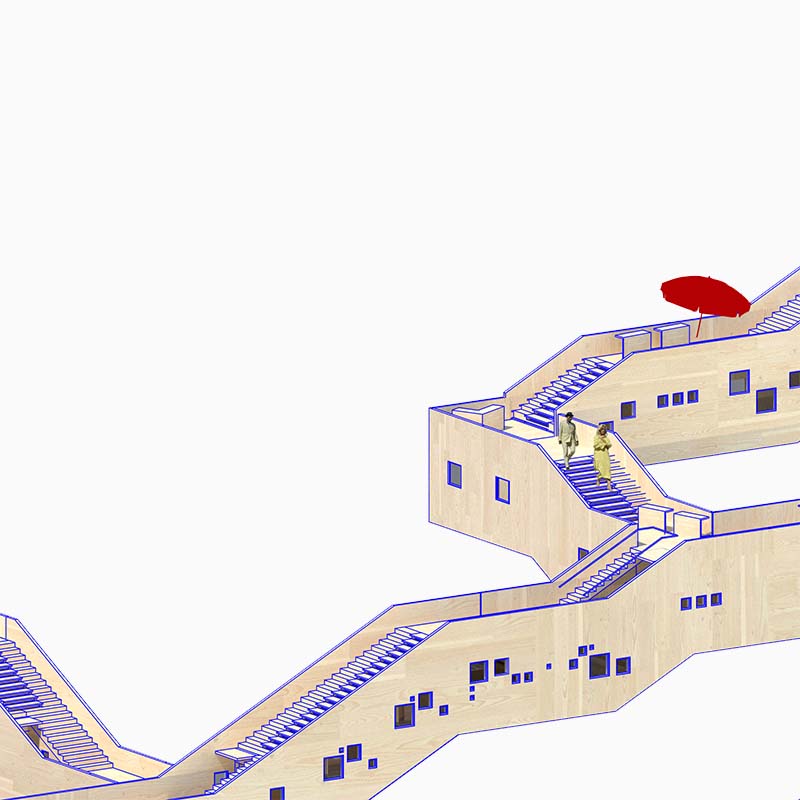

The paper proposes a scenario for renegotiating the urban fabric of Athens at the city block level, aiming to restore urban life to the city center, which has been losing its central importance in recent years. The expansion of Athens results from urban planning regulations that shaped and continue to define the city, exacerbating its spread. Meanwhile, the city center is characterized by intense tourist activity and short-term rentals, with permanent residency nearly absent. The center seems like a "necessary evil" for those who need to use it, while smaller sub-centers emerge within the sprawling urban fabric. The sense of familiarity with the city center is diminishing.
Focusing on the urban block as a fundamental urban structure, it is observed that it operates under similar terms of introversion. The discontinuous and rigid urban "cell" of the city serves as the field for the proposed scenario, aiming to further densify the already dense urban environment. The densification of the urban fabric at the block level is expressed through the introduction of a new urban form in the empty, open spaces. These areas, which urban planning regulations deem non-negotiable, are subject to reconsideration.
Supervisor: Paniyiris Costis
Reference Number: 1070
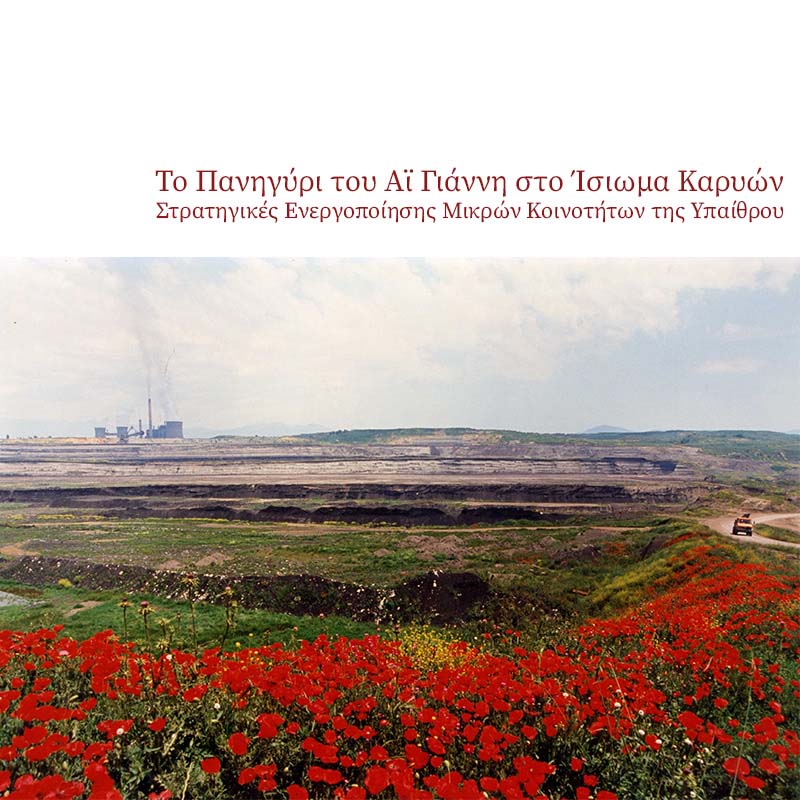

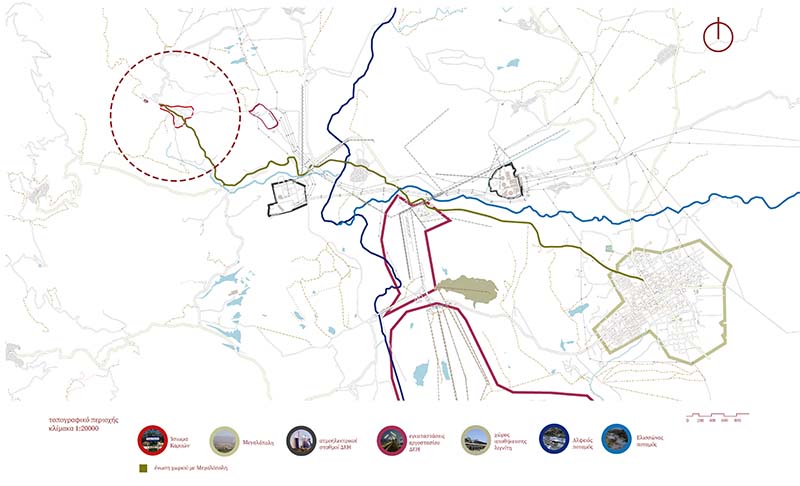

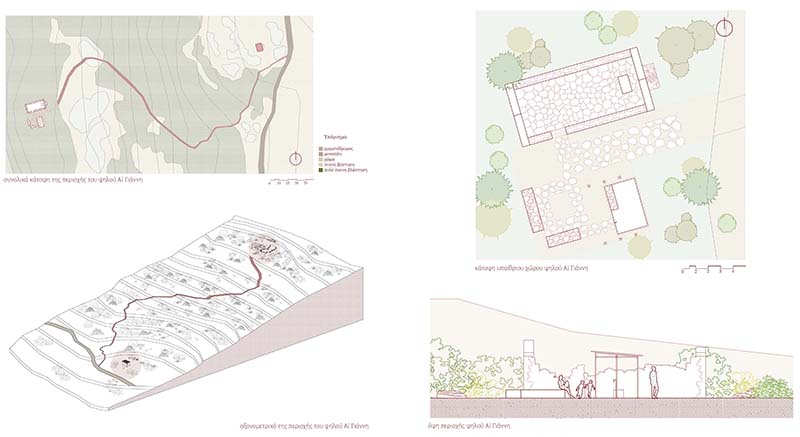

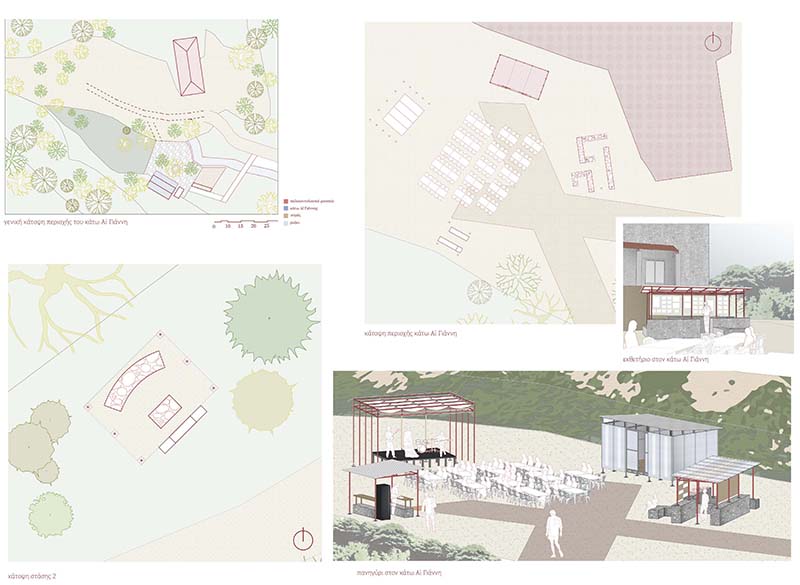

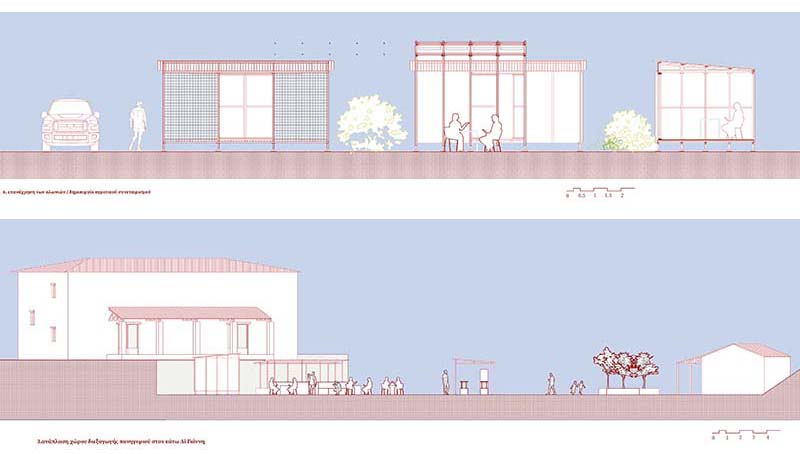



The thesis develops activation strategies for a small rural community with 7 permanent residents in the area of Megalopolis in Arcadia. The thesis focuses on the revitalization and strengthening of the village, Isioma Karyon through an ephemeral situation, such as the fair, to bring back life to the village both during the fair and throughout the year. The effort includes strategies and programs to attract new visitors and residents, create activities and recreate existing structures. It also seeks ways to connect people to the land and animals and to promote local culture. An important part of this effort is the creation of a trail connecting two small churches, Upper and Lower St. Yiannis’, located 3.5 km apart, and other important historical and natural sites in the area.
The project also attempts to highlight the importance of the paleontological museum and the PPC plant in the area, both of which have had a significant impact on the village and its community.
Supervisor: Phokaides Petros
Reference Number: 1052

